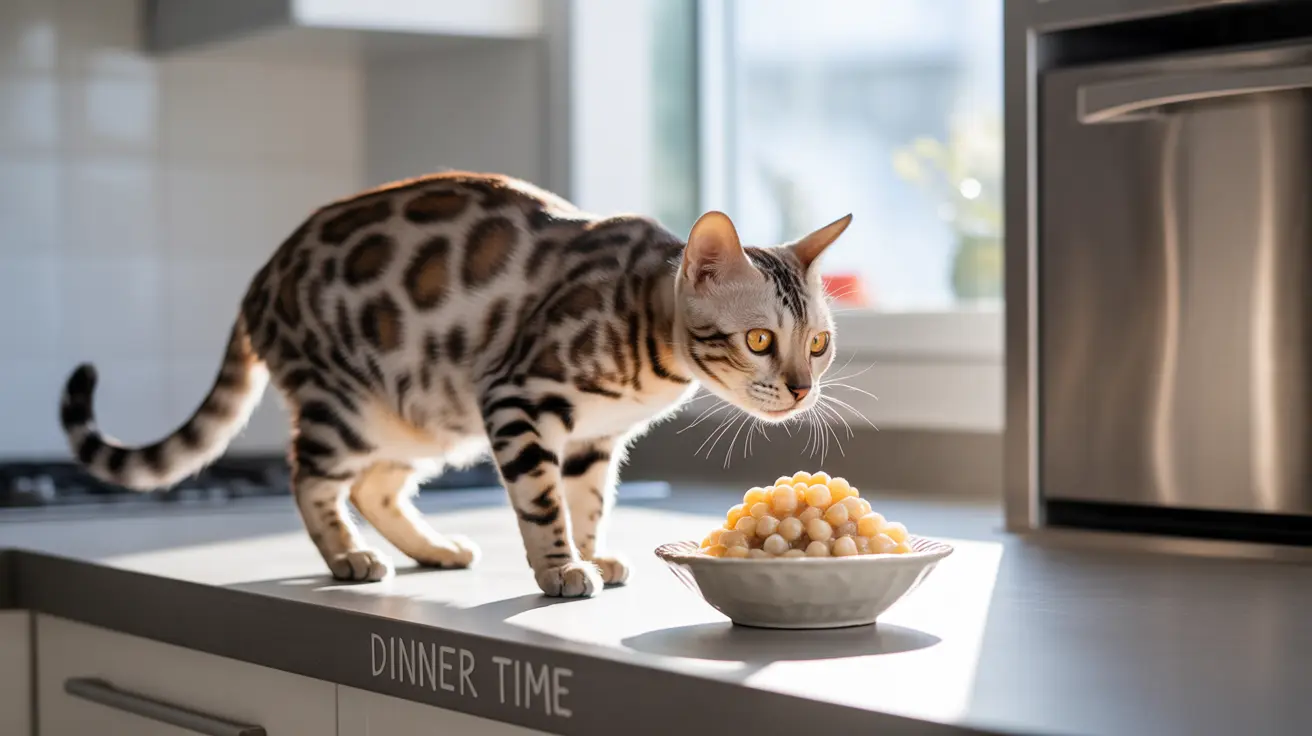Understanding Tapioca and Its Role in Cat Nutrition
Tapioca is a starch extracted from the cassava (or manioc) root plant. In commercial pet foods, it often serves as a grain-free binding agent and carbohydrate source. While cats can technically eat tapioca, it's important to understand that they don't require it in their diet.
As obligate carnivores, cats primarily need protein from animal sources. Tapioca, being almost pure carbohydrate, offers limited nutritional benefits for felines. However, when used as part of a complete commercial cat food formula, it can serve as an acceptable ingredient.
Safety Considerations When Feeding Tapioca to Cats
While tapioca isn't toxic to cats, several important safety factors should be considered:
- Only feed properly processed tapioca, never raw cassava
- Avoid human tapioca dishes containing sweeteners, fats, or seasonings
- Keep portions minimal, as excess carbohydrates can lead to weight gain
- Monitor for any digestive issues or allergic reactions
Nutritional Impact of Tapioca in Cat Diets
Tapioca's nutritional profile includes:
- High in carbohydrates
- Very low in protein
- Minimal vitamins and minerals
- Contains some dietary fiber
For cats, this means tapioca should only play a minor role in their diet, if any. Their primary nutrition should come from high-quality animal proteins that provide essential amino acids and nutrients cats need for optimal health.
Commercial Cat Foods Containing Tapioca
Many grain-free cat food brands use tapioca as an alternative to traditional grain-based binders. While this can be beneficial for cats with grain sensitivities, it's important to ensure the food still maintains appropriate protein levels and complete nutrition.
When selecting commercial cat foods containing tapioca, look for products where:
- Meat proteins are listed as the first ingredients
- Tapioca appears lower on the ingredient list
- The formula meets AAFCO nutritional standards
Best Practices for Tapioca Consumption
If you choose to include tapioca in your cat's diet, follow these guidelines:
- Consult with your veterinarian first
- Introduce slowly to monitor for adverse reactions
- Use only as an occasional treat or in veterinary-approved commercial foods
- Never replace protein-rich meals with tapioca-based foods
Frequently Asked Questions
Is tapioca safe for cats to eat, and in what amounts?
Yes, tapioca is safe for cats in small amounts, particularly when included in commercial cat foods. However, it should never make up a significant portion of their diet. Stick to amounts approved by your veterinarian, typically no more than a small treat-sized portion occasionally.
Can feeding tapioca to cats cause any digestive or health problems?
While tapioca isn't toxic, excessive consumption can lead to weight gain, digestive issues, and nutritional imbalances. Some cats might experience mild gastrointestinal upset when first introduced to tapioca-containing foods.
How does tapioca compare to other cassava products like mandioca in a cat's diet?
Tapioca is generally safer than other cassava products because it's highly processed and purified. Raw cassava or mandioca can contain harmful compounds and should never be fed to cats. Processed tapioca poses fewer risks but should still be limited.
Why do some commercial cat foods include tapioca, and what benefits does it provide?
Commercial cat foods use tapioca primarily as a binding agent and grain-free carbohydrate source. It's particularly useful in foods formulated for cats with grain sensitivities and helps maintain kibble structure.
How should I prepare tapioca or cassava safely if I want to give it to my cat as a treat?
If offering tapioca as a treat, use only plain, fully cooked tapioca without any additives, sweeteners, or seasonings. However, it's generally better to stick to commercial cat treats or veterinary-approved options specifically formulated for felines.






